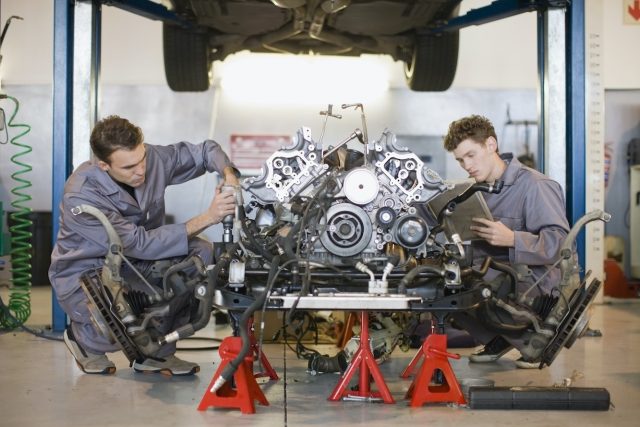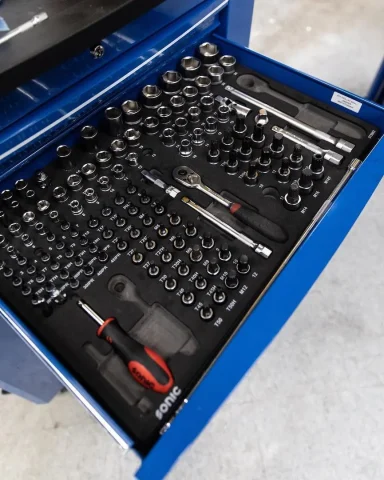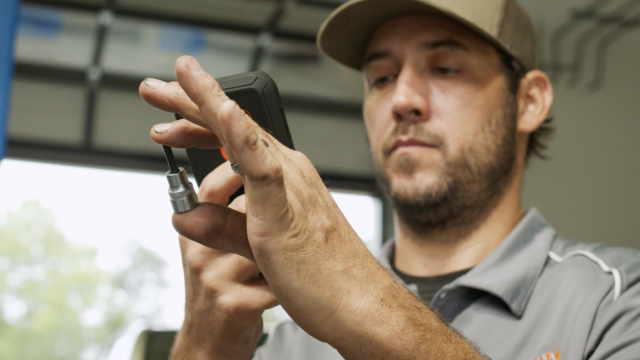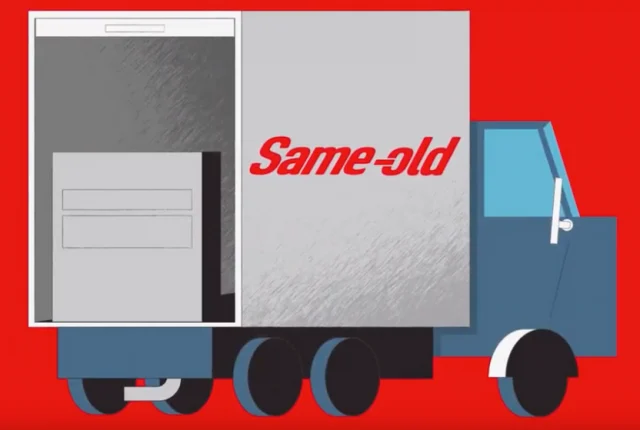Cleanrooms demand more than clean hands and lab coats. In aerospace, pharma, and high-tech manufacturing, every item that enters a controlled environment becomes part of the contamination risk equation, and tools are no exception. Selecting the right tools for cleanroom use isn’t just a procurement detail; it’s a strategic decision that impacts compliance, safety, and performance.
The wrong tooling and storage setup doesn’t just increase contamination risk. It slows down your team, complicates audits, and creates bottlenecks in places that should be optimized. That’s why more clean programs are turning to tool control systems that meet cleanroom standards while improving daily efficiency.
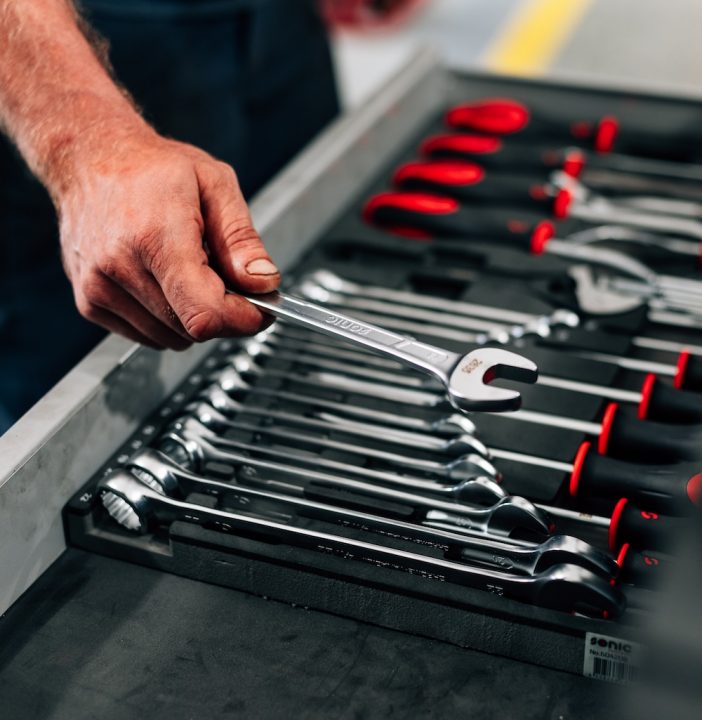
Here are five essential questions to ask before investing in tools for any cleanroom environment:
Are the tools made from cleanroom-compatible materials?
Not all metals, foams, and coatings are suitable for cleanroom use. Tools that shed particles, oxidize, or corrode can compromise environmental control. In these types of environments, even microscopic debris can jeopardize systems and stall development timelines.
For most aerospace, pharma, and high-tech cleanrooms, stainless steel is preferred for its corrosion resistance, ease of sterilization, and non-reactive properties. But material isn’t the only concern—coatings matter too. Tools must resist flaking, rust, and off-gassing.
Ask: Is this tool made from stainless or chrome-finished steel? Will it shed particles or coatings over time? Are the handles non-porous and built to withstand both daily use and cleanroom wipe-downs?
Sonic insight: Our hand tools are forged from cold-formed steel for maximum durability, then finished in chrome vanadium. Unlike standard chrome finishes, chrome vanadium doesn’t chip or flake, and resists corrosion to maintain compliance in controlled environments.
Can the tools withstand cleanroom cleaning protocols?
Cleanroom tools must be compatible with rigorous wipe-down and sterilization practices. Alcohols, solvents, and sterilants can break down soft grips, degrade coatings, or warp poorly sealed handles—turning once-sterile tools into contamination risks.
Ask: Will this tool degrade or absorb chemicals over time? Can it be wiped clean without leaving residue or retaining moisture? Is it non-porous and corrosion-resistant?
Sonic insight: Sonic’s tools are designed to hold up under pressure—both mechanical and chemical. Our cold-forged steel and chrome vanadium finishes stand up to aggressive cleaning cycles without sacrificing grip or structural integrity.
Do the tools support tool control and accountability?
In a cleanroom, lost tools aren’t just lost—they’re liabilities. Aerospace technicians need to be able to confirm tool location and status instantly. That means every tool should be serialized, stored with visual tool control, and tracked to eliminate guesswork.
Ask: Does this tooling system include serialization and tool control? Can missing tools be identified at a glance? Sonic insight: Every Sonic tool set is built with tool control and FOD prevention in mind. Our closed-cell foam inlays are CNC-cut and laser-identified, providing instant tool visibility and accountability. Each tool is fully serialized, giving you traceability down to the last socket. And with our No Lost Tools Guarantee, missing inventory doesn’t stall your process—we make it right.
Is the storage system cleanroom-safe and organized?
Toolboxes and cabinets in cleanroom environments should be just as compliant as the tools inside. That means no cloth liners, textured surfaces, or exposed seams where contaminants can hide. Smooth, wipeable surfaces and mobile compatibility matter here.
Organization also plays a key role. Random drawers and loose layouts increase FOD risk and slow down workflows. Visual tool control—through foam, labels, and standardization—is the difference between order and chaos.
Ask: Are the drawers smooth-surfaced and easy to sanitize? Does the storage include closed-cell foam and non-shedding casters? Are locks secure enough to support daily sterilization protocols and high accountability?
Sonic insight: Sonic’s modular cabinet systems and toolboxes are optimized for cleanroom use, offering sealed, smooth exteriors and interiors that resist buildup. Combined with serialized tool control, they deliver cleanroom safety and clean workflow execution.
Does the tool system meet compliance standards for your cleanroom classification?
A tool that’s acceptable in an ISO Class 8 cleanroom might fail outright in Class 5. Don’t assume “clean-looking” means compliant. Your team must verify toolset compatibility with ISO classifications, AS9100 standards, and client-specific requirements.
Ask your supplier: Can you provide documentation or certification for cleanroom compatibility? Will this system help us meet FOD compliance, AS9100 audits, and customer inspection requirements?
Sonic insight: Our tool systems are engineered with these standards in mind—from FAA toolbox requirements to cleanroom-adjacent workflows. Whether you’re building satellites or testing propulsion modules, Sonic delivers tools and systems that stand up to most clean room standards and scrutiny.

